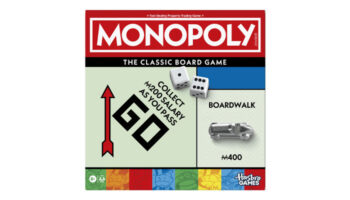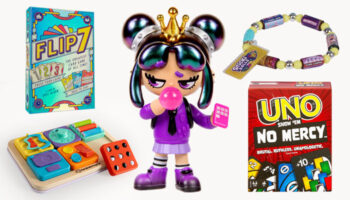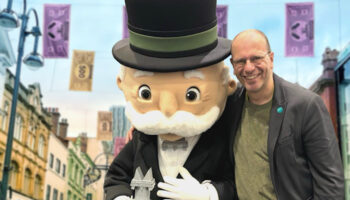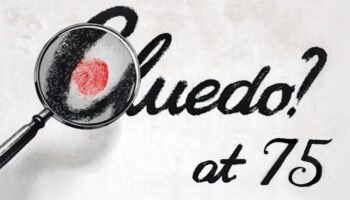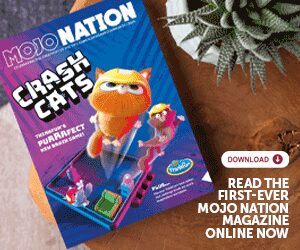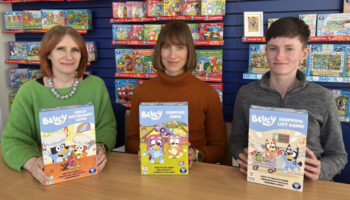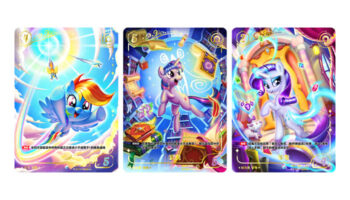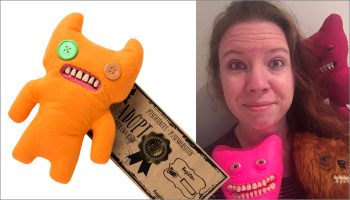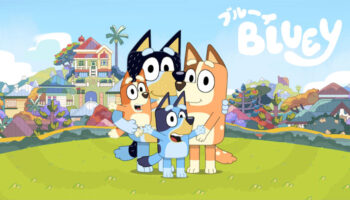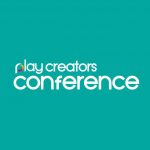Kidult… Here to stay or flash in the pan?
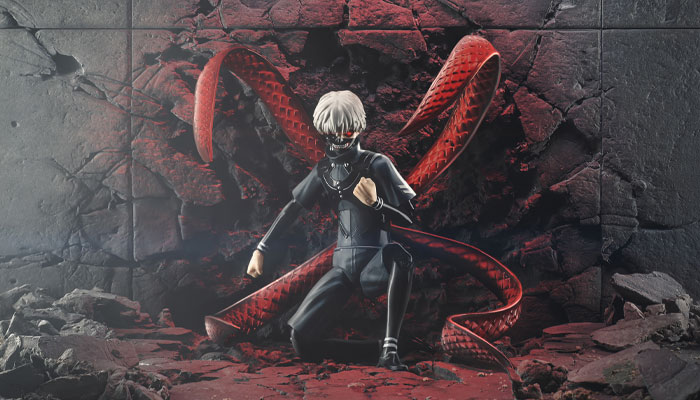
The Cambridge Dictionary’s word of 2024 was ‘Manifest’. If the toy industry got together and picked our very own word of the year, there’s a decent chance it would’ve been ‘kidult’.
Companies sat firmly in this sector have thrived, while others have tweaked strategies to dive into the kidult space – or reposition existing ranges with this audience in mind.
Lucy Salisbury – as Director of Group Licensing at Funko – is at the heart of all-things kidult. She tells us: “The kidult trend is deeply engrained into what Funko is all about. Whether it’s from major studios like Disney, Marvel, Universal, Netflix and Warner Bros., or smaller licensors with cult properties beloved by our fans, Funko provokes a feeling of nostalgia across its series… Which is a feeling that we know resonates with the kidult audience.”

Felipe Noriega – VP & Regional Director EMEA at YuMe Toys – is also feeling the benefits of this engaged consumer segment. He says: “Kidult has been on everyone’s lips, and it’s been huge for us. Buyers that were perhaps sceptical, reticent or simply ignorant to the trend have now come to terms with it… Buyers from speciality retailers – toy retailers that would traditionally have said ‘Not for us’ have embraced our ranges. They recognise it’s the fastest growing segment in our market.
Elsewhere, Alpesh Patel – VP of Global Toy Design at TOMY – says: “The kidult trend is very important to our business, and we’ve seen some fantastic success. We’ve fully cranked our engine to offer more to the Kidult market – it’s one of our core global strategies.
“We’re investing heavily in our DTC fan platform – TOMY Plus – to offer new, limited-edition products in collaboration with top licences that really capture the essence of unique collectibles. We’re also expanding licensing of our kidult-focused Jixelz Remix range and increasing development of kidult-focused games. On top of all that, we have our amazing plush ranges that continue to expand – Club Mocchi Mocchi, Suya-Suya, Niriguru Knit and Warhammer.”
Nico Blauw – CEO at BOTI – agrees. He adds: “The trend has resonated for us in a big way. This is a blessing for our industry – adults not only reliving their youth but also finding joy in buying collectible and high-end collectible products.”
So, it’s here and proving a compelling source of success for companies and engagement for fans. But is kidult the right definition?
“We try to use the term Adult Collector,” says Jamie Sikorski, VP of Brand & Design at Jazwares, adding: “For many of our fans out there, collecting is a serious and lucrative endeavour that stems beyond play, but includes expression of lifestyle, self-identification, and even financial investment.
“My team and I spearhead our Pokémon business. Many of our fans that grew up with the launch of the property are now adults, many with kids of their own. Their fandom has never wavered! It’s expressed differently now as they’ve evolved into a new life stage where they’re able to seek the nostalgia of their youth through the joy of collecting premium items and toys.”
LICENSE TO THRILL
Collectibles are driving the trend – especially those based on brands. But is this something limited to licensed toys?
“It’s true that licensed toys have spiked the kidult trend the past years, but it’s not exclusive to licensed toys,” adds BOTI’s Nico Blauw. “Certain games, puzzles, construction toys and arts and craft brands have been popular among older consumers for years. We find adults of today buying into the brands they used to favour as a kid. Think of TMNT, Pokémon, One Piece or Naruto. Movie and gaming merchandise at higher price points attracts them as well.”
Jamie Sikorski from Jazwares agrees: “It definitely expands beyond licensed toys, with homegrown brands in categories such as plush. A successful brand with a great collector strategy and captivating product can masterfully transform a brand into a global license powerhouse… Just look at what we’ve done with Squishmallows. Once primarily considered a plush brand, Squishmallows has grown into a global lifestyle phenomenon going well beyond the toy aisle.”
NOTHING NEW?
While the term is very ‘of the moment’, plenty argue the trend is a reframing of something that’s been a constant in toys for years. As David Snow of The Fantastic Factory tells us: “Adults have been buying toys they like for years – think Hornby trains and LEGO, say. During covid, people really enjoyed playing with toys and games and were more open about it. If the kidult trend brings more people to toys and games then brilliant – but I think they’ve always been there. Now it’s just seen as a cool category instead of geeky or weird.”

LEGO comes up a lot in discussions around the kidult trend, but what does the company itself make of its relationship to the craze…
“Children will always be our top priority,” William Thorogood, Head of Design for New Business at The LEGO Group, tells us.
“Making products that they want to put at the top of their wish lists and that help them learn through play is our core focus. However, we know that the joy of LEGO building can transcend age, with many adults telling us they enjoy building and find it helps them relax, feel creative and explore their love for films, sports and music in a new way. So, to help adults switch off and relax, we have over 100 different products designed to appeal to adults whatever their interests are.
“Take as just one example our LEGO ICONS theme, where adult builders can expand their skills by building varied creations such as The Endurance, Concorde, a Retro Radio or vehicles like the iconic Lamborghini Countach 5000 Quattrovalvole. There are so many options for all interests and passions, and we’re excited to continue adding to that offering.”
INVENTOR OPPORTUNITIES
So, companies are enjoying the opportunities that the kidult craze is bringing – but are inventors? Are the sectors most associated with this trend ones that inventors can play in?
“The simple answer is yes – we can invent and create for kidults and the significant market of the collectors and adult fans,” says Pete Cartildge, Partner at renowned invention house Fuse. “What we’ve been deliberating is what categories of play, features and play patterns should we focus on creating and enhancing with our knowhow…
“Older consumers are much more discerning when choosing products and less likely to be swayed by sizzle ads showing products with lots of ‘bells and whistles’ as many conventional toys do. Aspects like quality, piece count, display, authenticity, and longevity are higher considerations for kidults. We’re considering how to elevate and add value to all of these.
“Also, price is so different for this consumer and client brief. Unlike almost all our other projects, price isn’t the overriding driver in the product development brief – that’s really refreshing! Inventors are playing in this space with authenticity, adding detail and innovation to role-play lines… A good example is Goliath’s Power Saber – which I think a lot of kidults will buy.”

Danny Kishon of All in 1 Products agrees, saying: “Inventors should ‘think kidult’. It’s where the market is expanding and, so far, has been led by nostalgia rather than innovation.”
Barry McLaughlin, Co-Founder of Barry & Jason Games and Entertainment, tells us: “With every idea, we always have to think of the intended audience. If they’re just a bit older, I don’t think that complicates things – and I feel like kidults include people who buy adult party games.”
Barry & Jason Games and Entertainment’s Jason Lautenschleger adds: “Kidults want things that are cool, premium – and authentic. Because of that last one, it can be tricky to intentionally make them the target audience. Your best chance is to make something that resonates deeply with you as the creator. It’s kind of like playing hard to get… Just be you and play it cool, man!”
Fi Murray, Innovation Director at Making Studio, adds: “We design for everyone – from groms to grannies! When it comes to kidults, we divide them into two key groups: adult collectors or players buying for themselves, and those buying things they love for the kids in their lives, hoping to share their nostalgia. Our focus tends to be on the latter.
“We’ve worked on numerous infant, preschool, and kids’ ranges inspired by classic legacy brands – often retro or pop-culture icons – and reimagined them as brand extensions for little hands. It’s an incredibly fun and creative process because you’re designing with two audiences in mind: the child who’ll play with it and the adult who’ll buy it.
“This dual focus requires us to approach design and marketing simultaneously from the very beginning, ensuring the product resonates with both groups. It’s all about blending nostalgia with modern playability in a way that delights both generations.”
THINK OF THE CHILDREN!
Fi raises an interesting point – the impact, and influence, this trend is having on sectors of our industry focused on kids. Hasbro CEO Chris Cocks told us that one of the toy giant’s biggest challenges this year will be: “Balancing our offerings to cater to both kids and adults… To thrive for another century, we need to engage the little ones who are just starting with us and the dedicated adult fans who have grown with us.”
It’s a concern echoed by Rob Ames and Luc Hudson of Triclops Studio. If the trend is booming, does the market for kids’ toys suffer as a result? They tell us: “It feels quite dangerous to focus on creating for the kidult market, if that takes precedence over designing great toys for kids… We’ve been asked by various clients over the past couple of years to design for the kidult market, and while there is obviously money to be made in that arena, our concern is saturation.”

“We see the kidult market as referencing a snapshot in time and that relatively short period is being pillaged again and again for the same old licences. Also, the target audience is purchasing for display, so the product isn’t imbued with play features or innovation in the way that toys for kids should be. We can see a decline overall in the number of cool toys for kids on the market. While some conclude this is because kids no longer want to play with toys, we’d argue there’s little to engage them in the same way as we were inspired – ironically – by the original iterations of the products now being resold to us as kidults!”
HERE TO STAY?
Other questions being asked surround the longevity of all-things kidult? Is this a re-shaping of fundamental aspects of the industry – or a fad that will fizzle out in time?
“I don’t think it’s simply a trend,” says YuMe’s Felipe Noriega. “People are waking up to the fact that kidults are part of a society… Adults – in the way they consume content and products – are refusing to ‘grow up’, so to speak. They’re sticking to what they enjoyed when they were kids. That’s not going to change. It’s not just a trend.”
It’s a sentiment shared by TOMY’s Alpesh Patel; he tells us: “This is an evergreen trend. This type of consumer has existed in Asian countries such as Hong Kong, Korea and Japan for decades and I feel the same will happen in the western world. What we might see in the future is less of a quantity purchasing pattern, and more of a quality purchasing pattern…”
Funko’s Lucy Salisbury adds: “The kidult phenomenon will be here for a while, because the factors that drive the trend aren’t going away. Nostalgia, escapism, the familiar joy of a much-loved movie or show all help keep fans engaged with kidult properties.”
BOTI’s Nico Blauw believes there may be a tipping point, stating: “It’s on-trend now, but at same time we are seeing a kidult bubble… At the recent Deauville Toy Show in France, 70% of the exhibitors claimed kidults as one of their key categories! That is nonsense of course – but this is what buyers are looking for so, for manufacturers, it’s easy to add a kidult label to a product.
“This kidult bubble will burst in the next two to three years – but remain at a significant level. Buyers need to be aware who the kidults are and what this consumer group is looking for. Buying a product just because it’s labelled kidult is the beginning of the end…”
Either way, let’s hope the kidult trend can manifest strong sales and plenty of product innovation for the rest of 2025 and the coming years.
To stay in the loop with the latest news, interviews and features from the world of toy and game design, sign up to our weekly newsletter here






